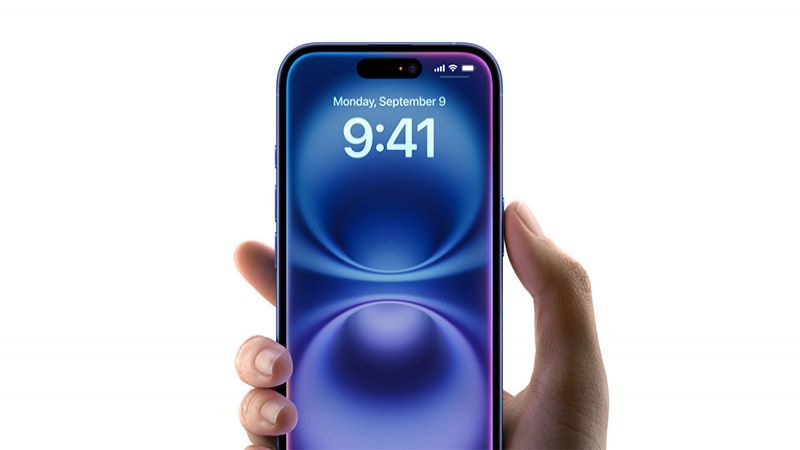- News
- iPhone and NFC: iOS18 and the expansion of NFC
iPhone and NFC: iOS18 and the expansion of NFC

With the launch of IOS 18.1 Apple is broadening its support for NFC and 3rd party developers by making secure contactless transactions possible within iOS Apps.
Apple Wallet and Apple Pay won’t be going anywhere, but a new iOS will let users choose to bring up a specific app instead of their contactless cards when making a payment.
The NFC & SE platform, open to authorised developers, will allow apps to securely add, store, and present contactless cards for a variety of uses:
- In-store payments
- Car keys
- Closed loop transit
- Corporate badges
- Student ID’s
- House and Hotel keys
- Merchant Loyalty and Rewards
- Event tickets
- With government ID’s coming soon.
(This list was sourced from Apple’s NFC & SE Platform support page, which you can access here: NFC & SE Platform for Secure Contactless Transactions - Support - Apple Developer)
Users will now be able to “choose any eligible app as their default contactless app” and utilise “Double-click features”, Touch ID and Face ID, which refer to the actions Apple users perform to bring up their Apple Wallets.
NFC & SE will be familiar to anyone with an Apple product in recent years; with the NFC element handling near field communication in Apple Pay, and the Secure Enclave (SE) managing the authentication process for any secure payments.
Access to these features will be provided through several new API’s which developers can use to store sensitive information (through the Secure Enclave) on an iPhone.
These NFC & SE API’s are separate from the Apple Pay and Apple Wallet which opens up your cards in a consistent pop-up on iPhone. Developers can still utilise these features and give users access to cards in their Apple Wallet. Apple’s latest move has just broadened the scope of in App features which can utilise NFC.
This means that if you have an app open, and you click the button to bring up your payment cards, you’ll be able to get a card for that specific app. Think paying with loyalty points or rewards at checkout and using a virtual room key to access your hotel en-suite, and you’ll be on the right lines.
According to Apple, “developers who want to build secure contactless experiences into their iOS apps using these APIs will need to enter into an agreement with Apple and request the NFC & SE Platform Entitlement”. Essentially this will be a commercial agreement and commitment to various regulatory, industry, security and privacy standards. Currently it’s limited to the use-cases listed at the top of this article, and until it’s really out there in the wild, it’s hard to say if that list of allowed use-cases will grow.
Apple’s further support for NFC is definitely a bonus even if it seems limited to the secure payment space and is a result of regulatory pressure.
Will Apple ever match Android for NFC support?
It’s unlikely, not least because the two leaders of the mobile OS space are going in largely different directions. Apple’s focus has always been on NFC as a tool for secure transactions and opening up their systems to developers is still very much in line with that directive.
Android, in the own words, have begun to discuss NFC in broader terms of information and engagement:
- Museums and art galleries can display additional information about a display when the user touches their device to an NFC card near the exhibit.
- Inventory management sites can read or write data to the NFC tag on a container to update information on its contents.
- Conference sites can use it to scan NFC badges during the event and make sure they are locked to prevent further changes to the information written on them.
- Sites can use it for sharing initial secrets needed for device or service provisioning scenarios and also to deploy configuration data in operational mode.
(List quoted from: https://developer.chrome.com/docs/capabilities/nfc)
This push is supported by Android's commitment to WebNFC, a web application for writing NFC tags, as well as general web based apps which are designed to perform similar functions to an app installed on your phone.

A quick intro to NFC tags - what they are, how they are used and the different types of tags

Pricing for our encoding, scanning, ID printing and batching services.

Details of our NFC tag encoding services.

How to order ID / QR code printing on your NFC tags.

How you can order a UID scan of your NFC tags.






 1,806 reviews
1,806 reviews